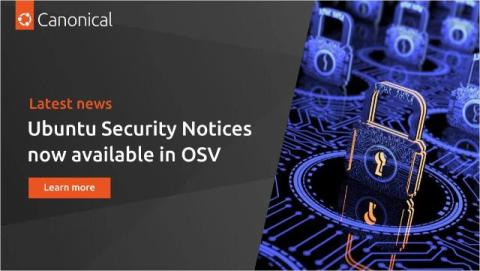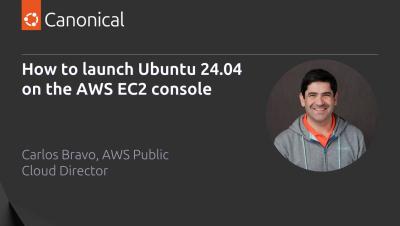Managed Apps on Public Cloud: Why Operations Matter, Part II
In the first part of this blog journey (I’d call it a post, but it’s actually two posts) we explored what operational excellence looks like in public cloud deployments. And while I do not want to spoil it for you, the main takeaway was that it is not easy and can become resource-intensive. With this in mind, you might should be wondering what you can do to achieve excellence without focusing all your resources on operations.











